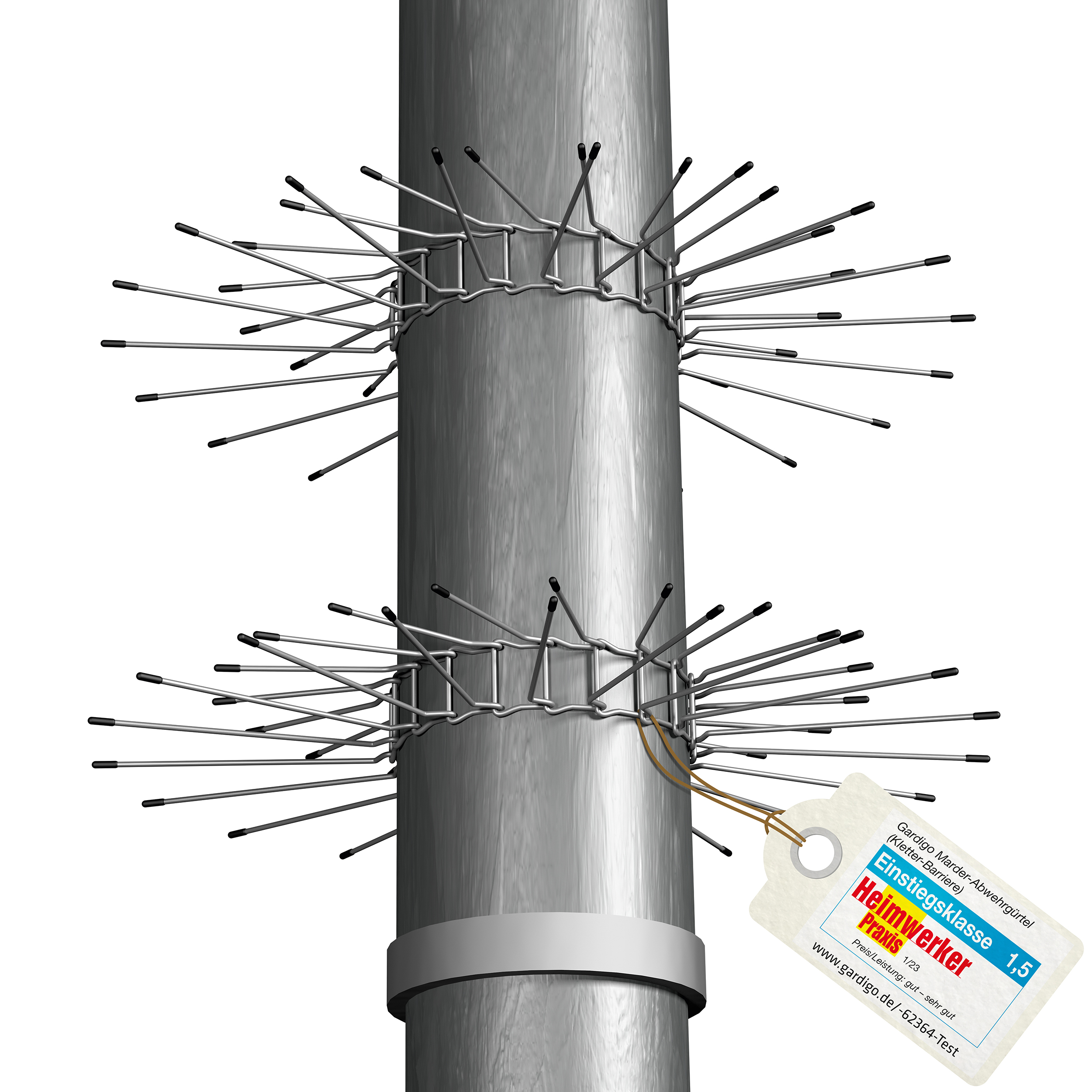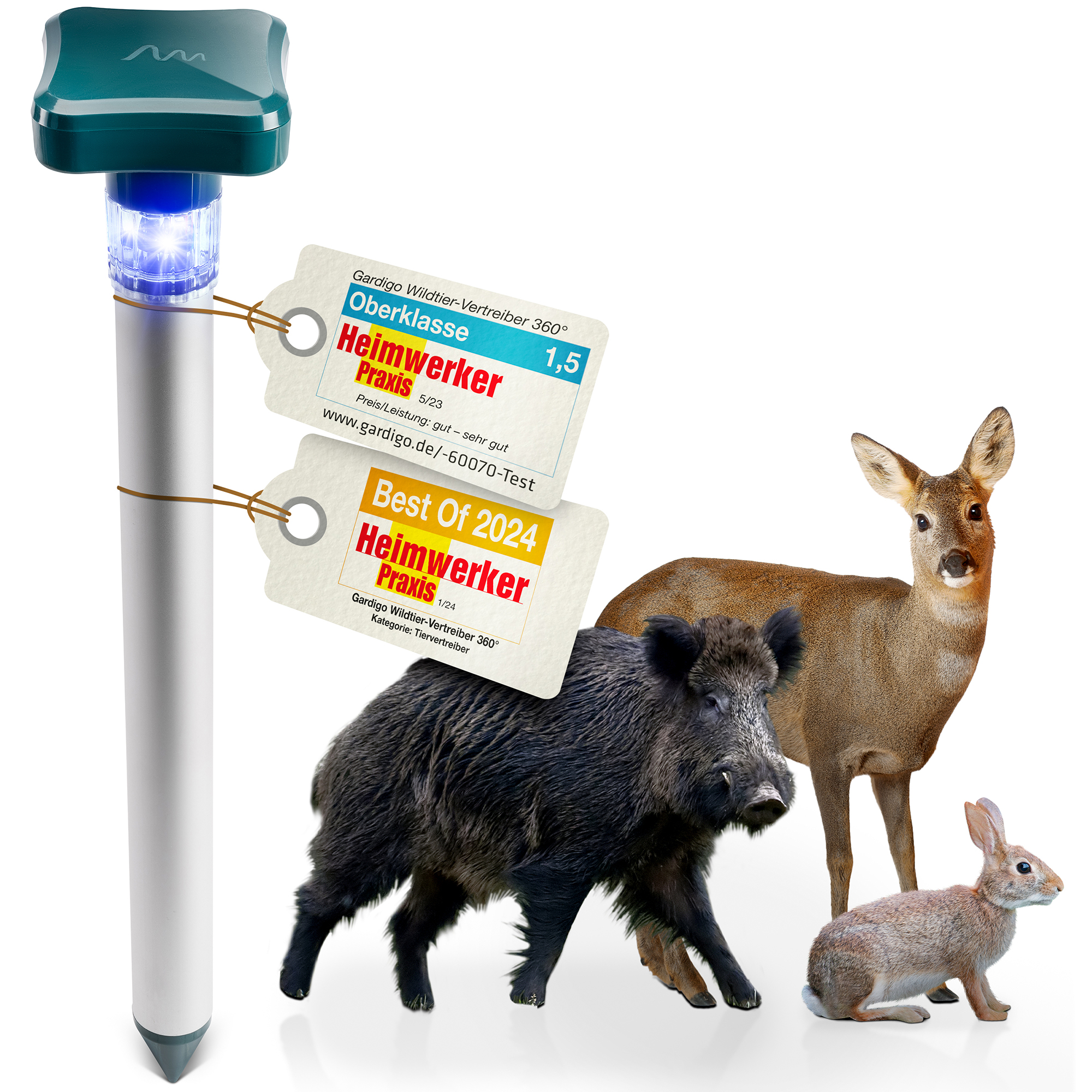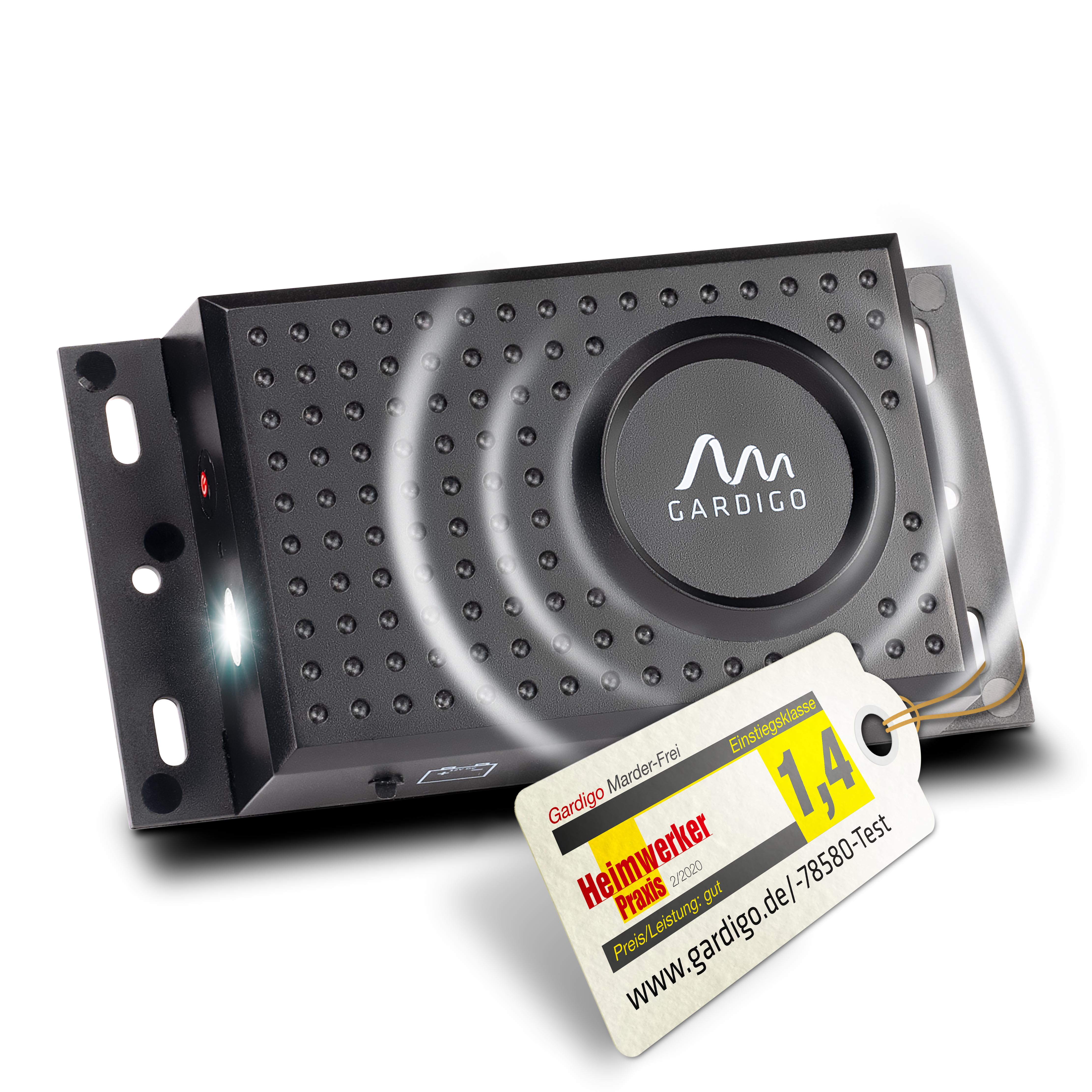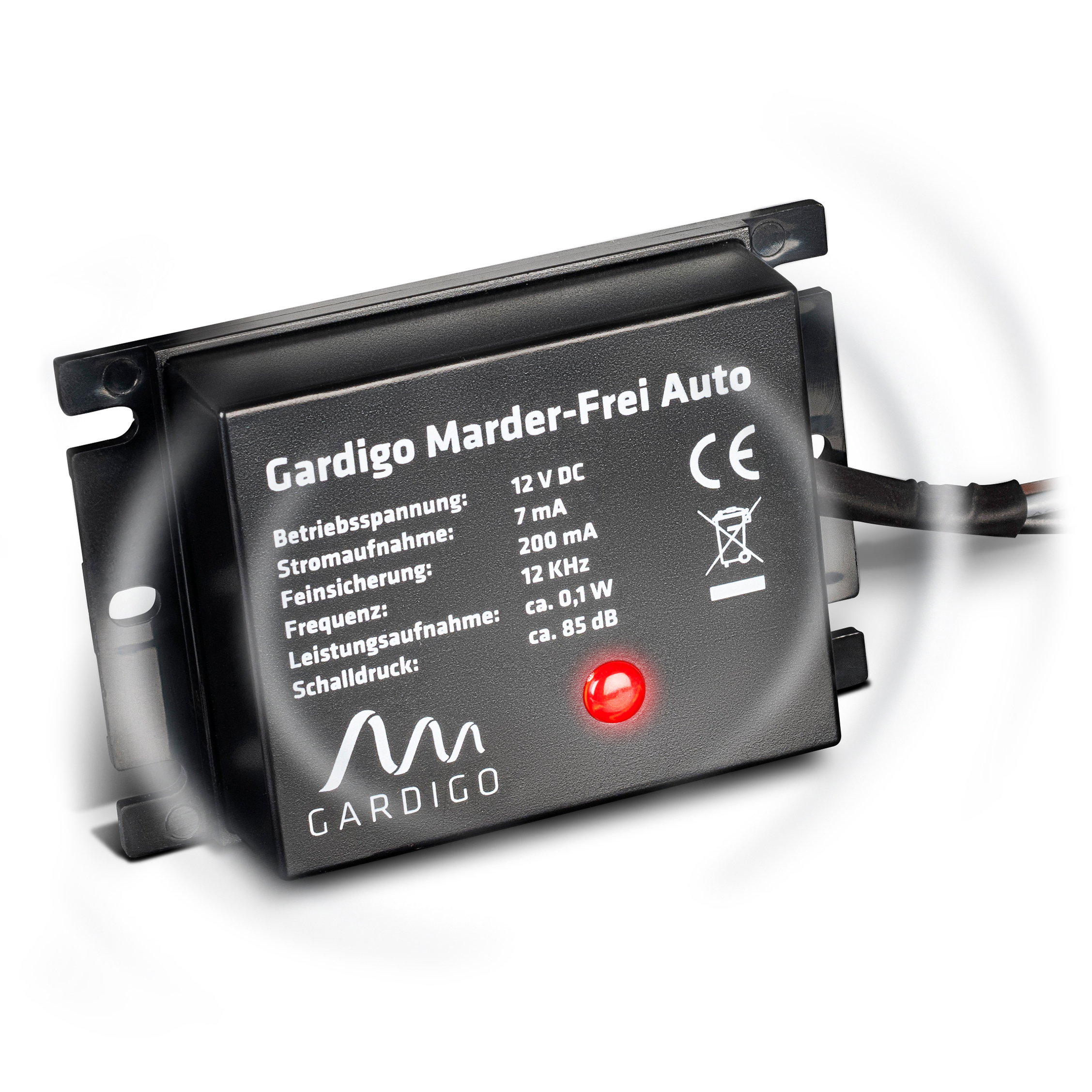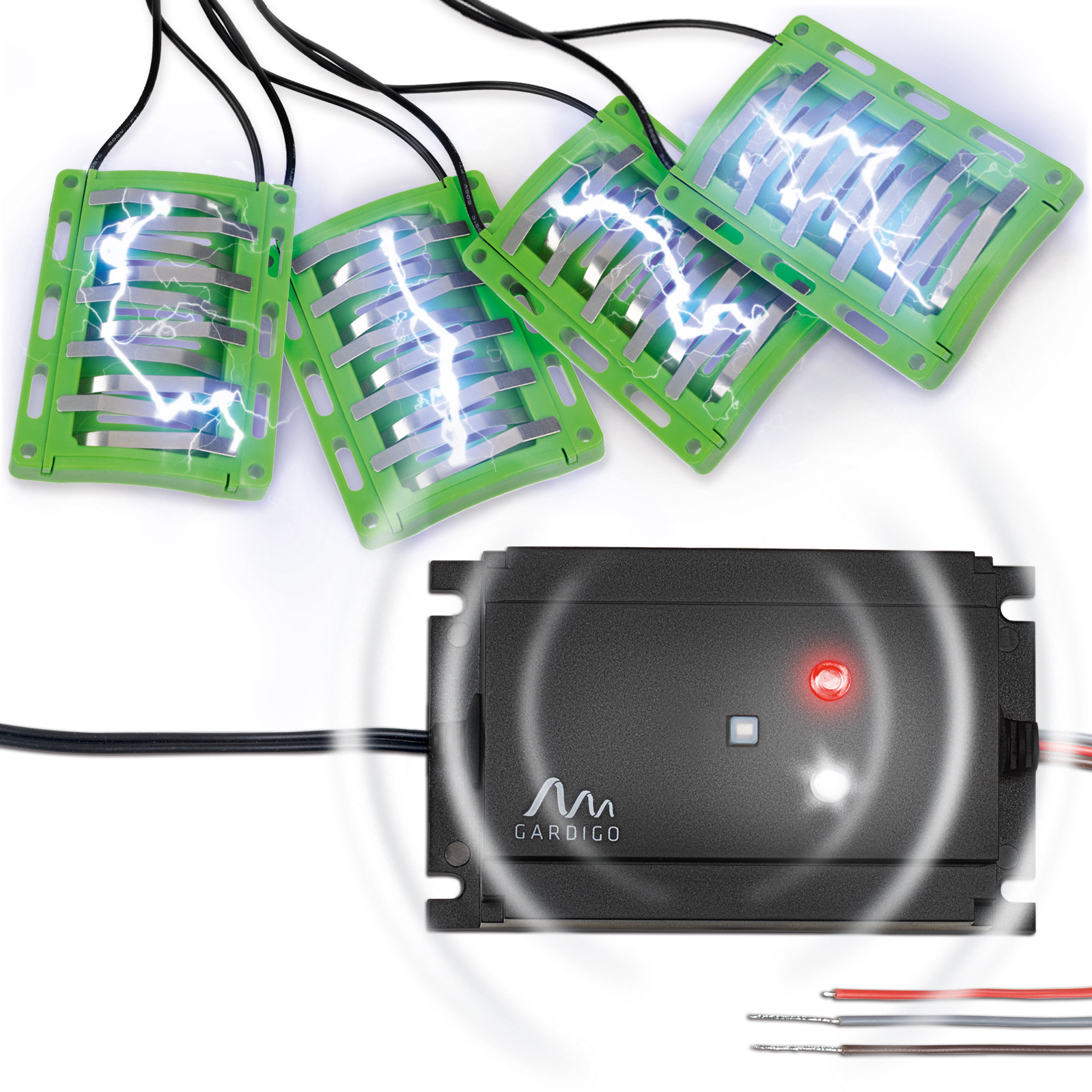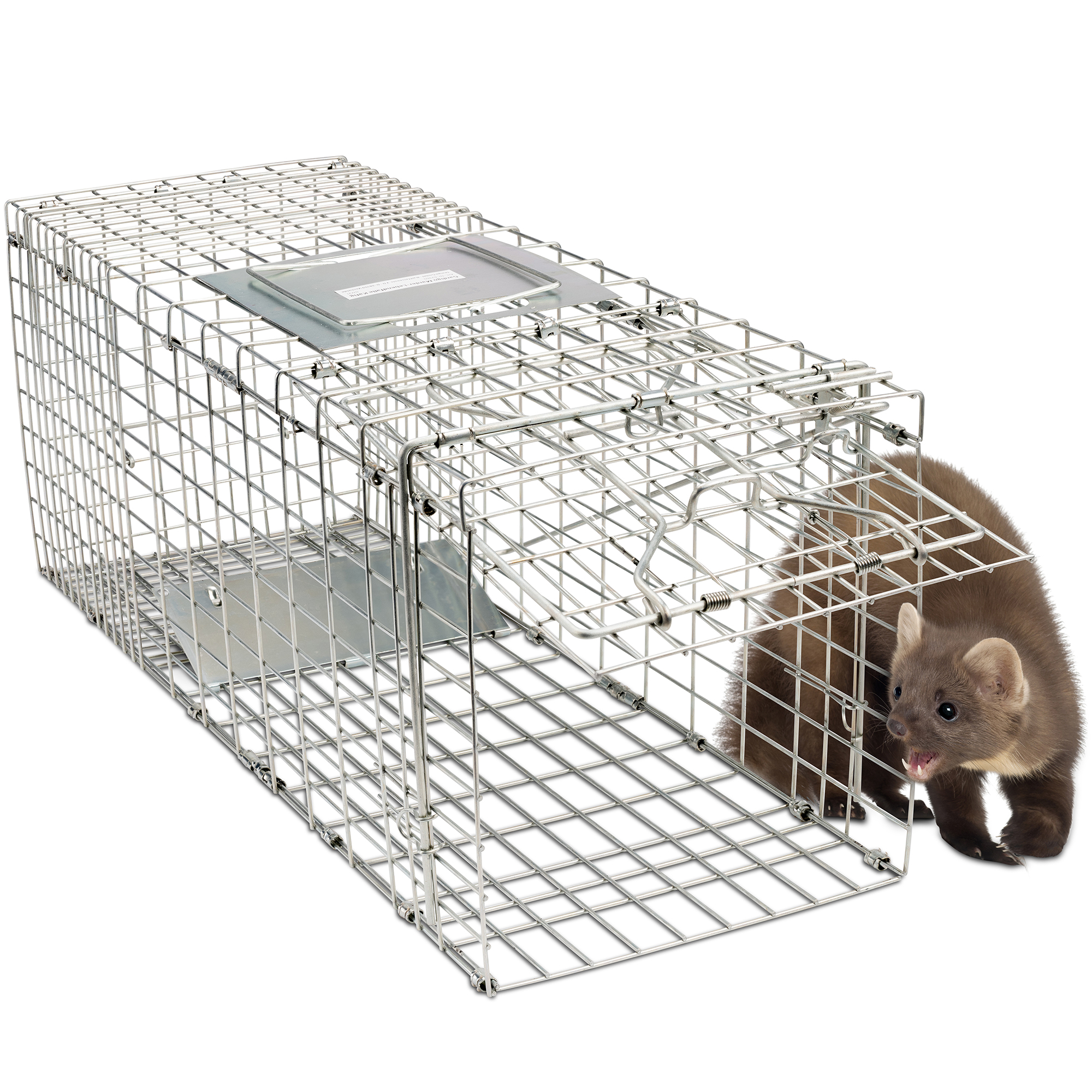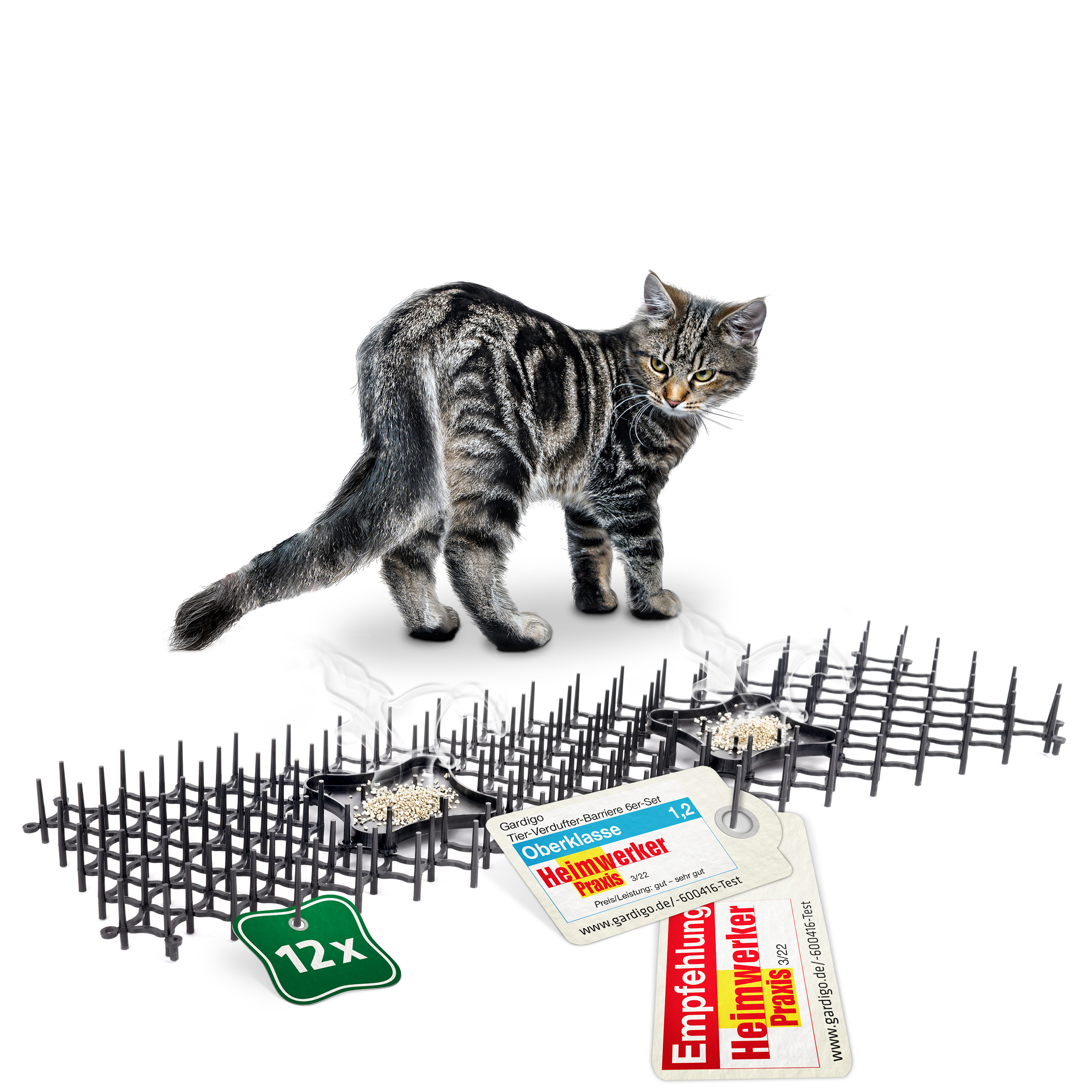
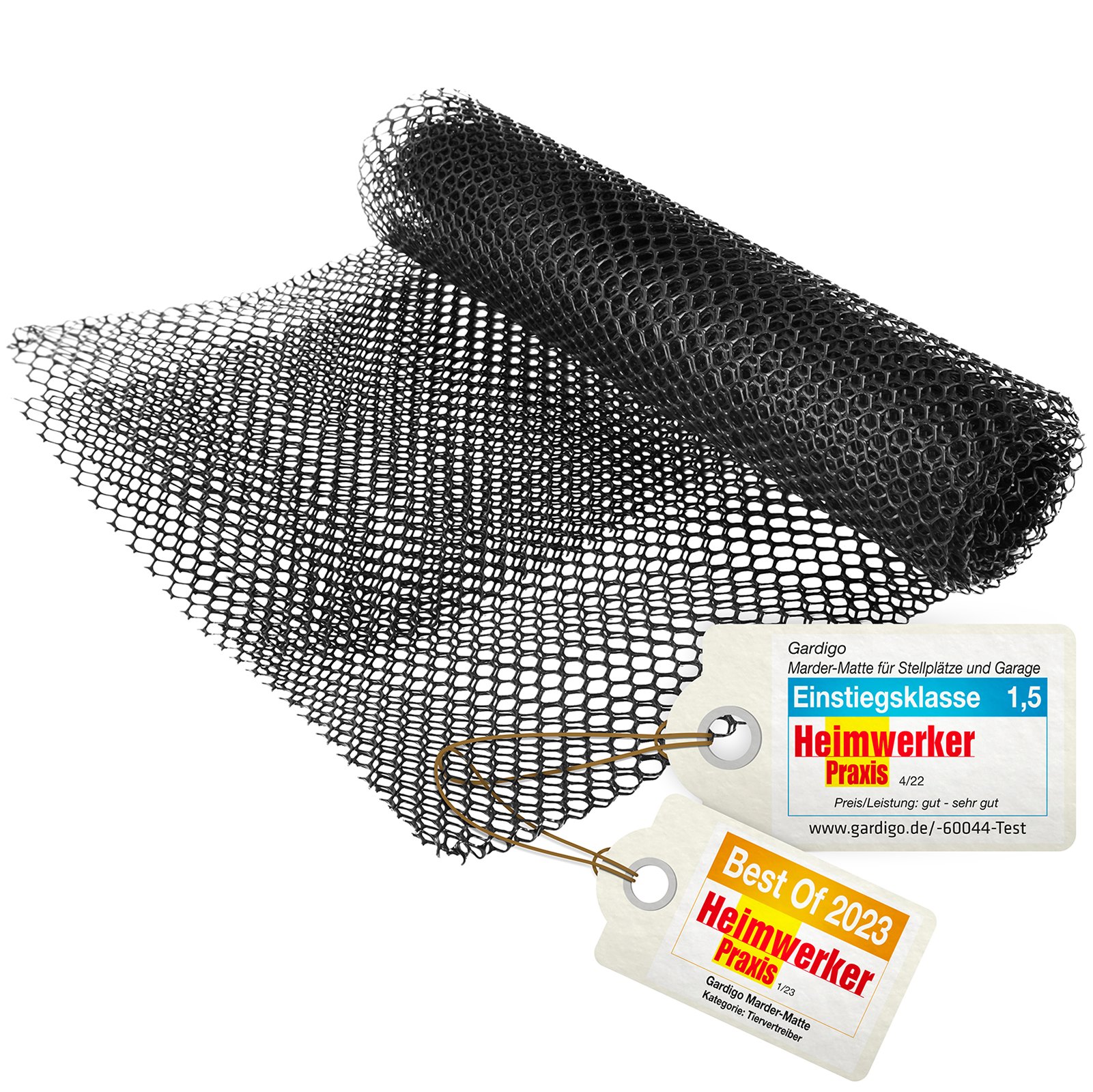
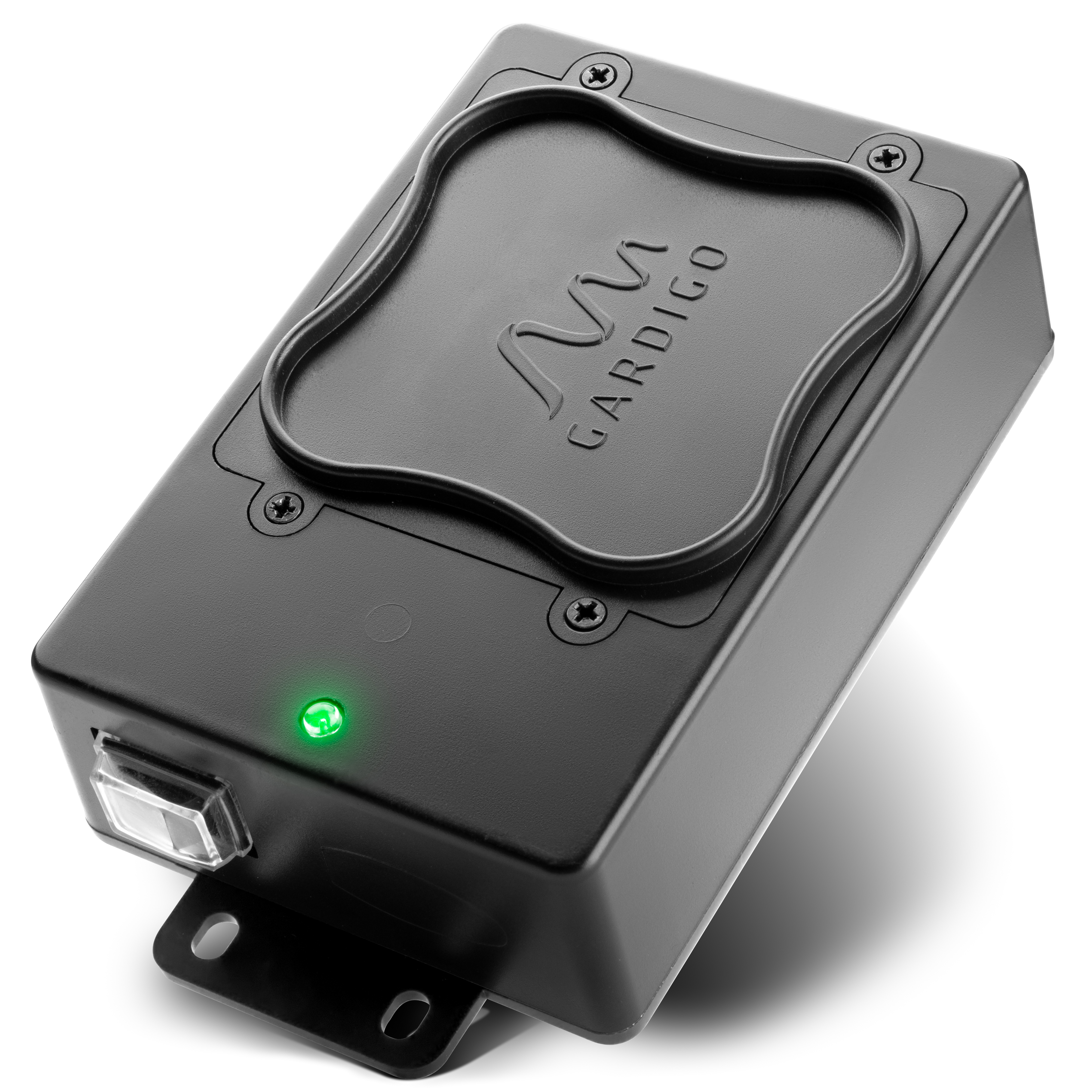
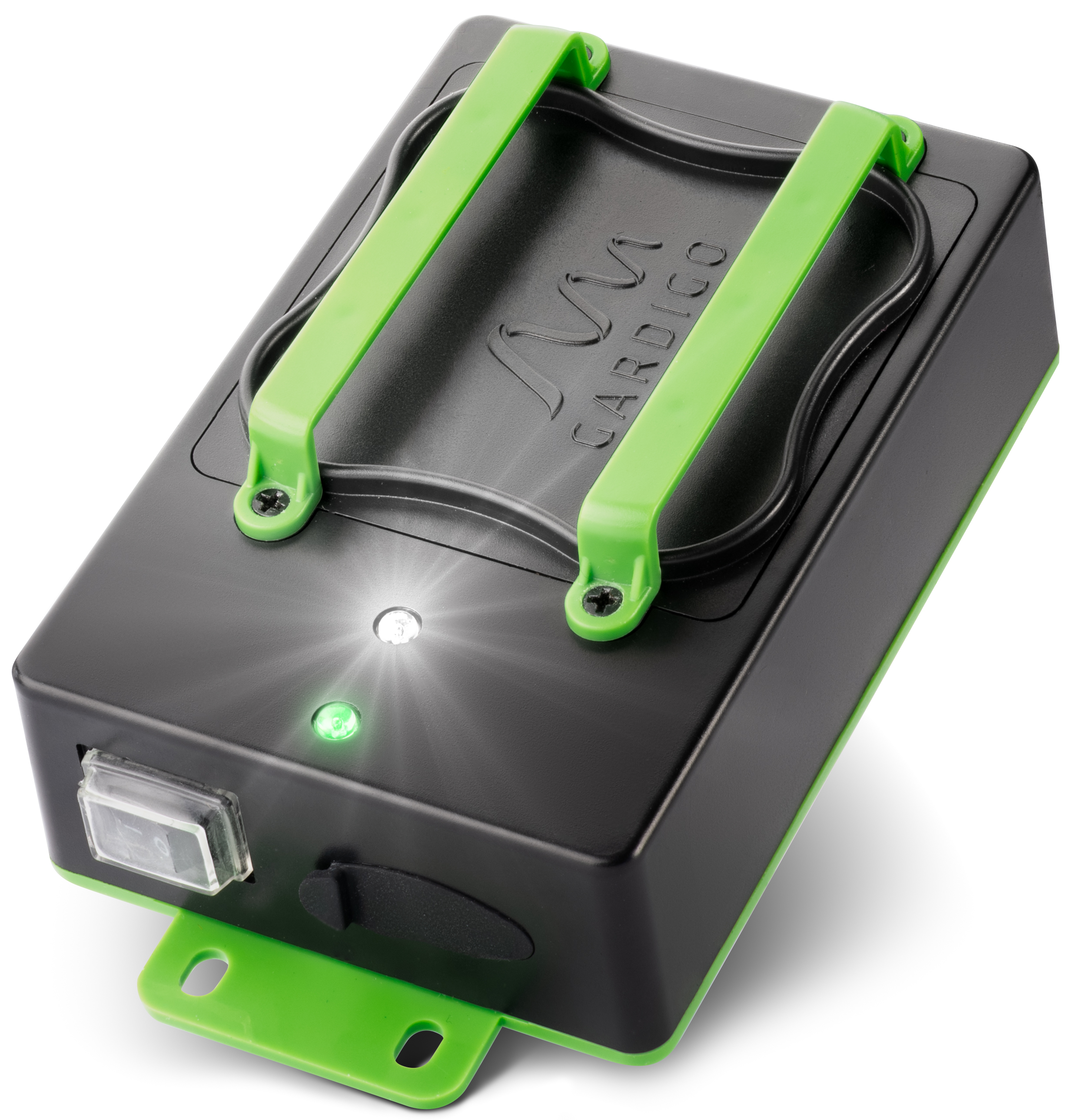
Frequently Asked Qestions
Marten repellent devices typically operate using ultrasound, flashing lights, or electric impulses. Martens find these stimuli disturbing, which causes them to avoid the protected area. The devices work continuously and deter the animals without causing them harm.
There are several types of devices: those using ultrasound, flashing lights, electric shocks, or combinations of these. Depending on the location and severity of the infestation, a specific variant may be more suitable.
Be patient! Marten repellent devices using high-frequency and ultrasound technology may take a little time to be effective. When the animals stay near the devices, the sounds eventually become annoying. Quieter locations seem more pleasant by comparison, and martens will increasingly seek them out. This is a gentle method of animal deterrence.
Our devices are safe for both humans and pets, though they can still be bothersome. However, they are typically installed in places where people don’t spend time, such as in engine compartments or attics. In areas where people should not be disturbed, we recommend using a marten repellent that emits only ultrasonic sounds above 20 kHz.
How Does a Marten Repellent Work? A Comparison of Different Systems
There are several functional principles used by our marten repellent systems:- High-Frequency & Ultrasound: These disturb the animals with loud sounds. High-frequency tones are much less noticeable to humans than to martens. Ultrasound refers to sounds that are so high-pitched (starting at approx. 20 kHz) that humans cannot hear them at all.
- High Voltage: This delivers an unpleasant electric shock to the animals, similar to an electric fence. This type of marten deterrent is considered particularly effective.
- Strobe Light: Provides visual deterrence and additional protection. Sudden bright flashes of light disorient the animals.
- Scents & Odors: These interfere with the predators' sensitive noses. Like dogs, martens rely heavily on their sense of smell. They mark their territory with scent, which can lead to conflicts, especially during mating season. Granules and scent sprays mask these odors and create confusion.
- Physical Barriers: Spikes, anti-marten mats, and our marten shield create obstacles or uneven surfaces that the animals avoid.
Which type of marten deterrent works best depends on your specific location and the behavior of the animal. Not all martens are the same. Older, more experienced animals are harder to scare than juveniles. Furthermore, hearing loss due to age is possible. For stubborn martens, a device with frequency modulation is recommended, as it may include a frequency range the animal can still hear.
In addition to ultrasonic repellents, it is also possible to catch martens using a marten trap.
How to Recognize a Marten Infestation
The signs are varied: nighttime noises under the roof, paw prints on the hood, remains of prey and food scraps in the engine compartment — these are typical indicators. If you notice such symptoms, it’s high time to take marten protection measures and prevent expensive damage. Ideally, protect your property before the animals settle in. Prevention is easier than removal!
What Kind of Damage Do Martens Cause?
Most people are familiar with marten damage in engine compartments. They bite through cables and hoses. In combustion-engine vehicles, this is already annoying and dangerous — even brake lines can be affected.
In electric vehicles, the damage can be catastrophic. If high-voltage lines are chewed through, the entire wiring harness often needs replacing, resulting in a potential total loss.
In attics, they often destroy insulation and leave behind a lot of mess. Once the strong marten smell sets in, extensive restoration and repair costs can follow.
Protect yourself now — make your car and home marten-proof!






